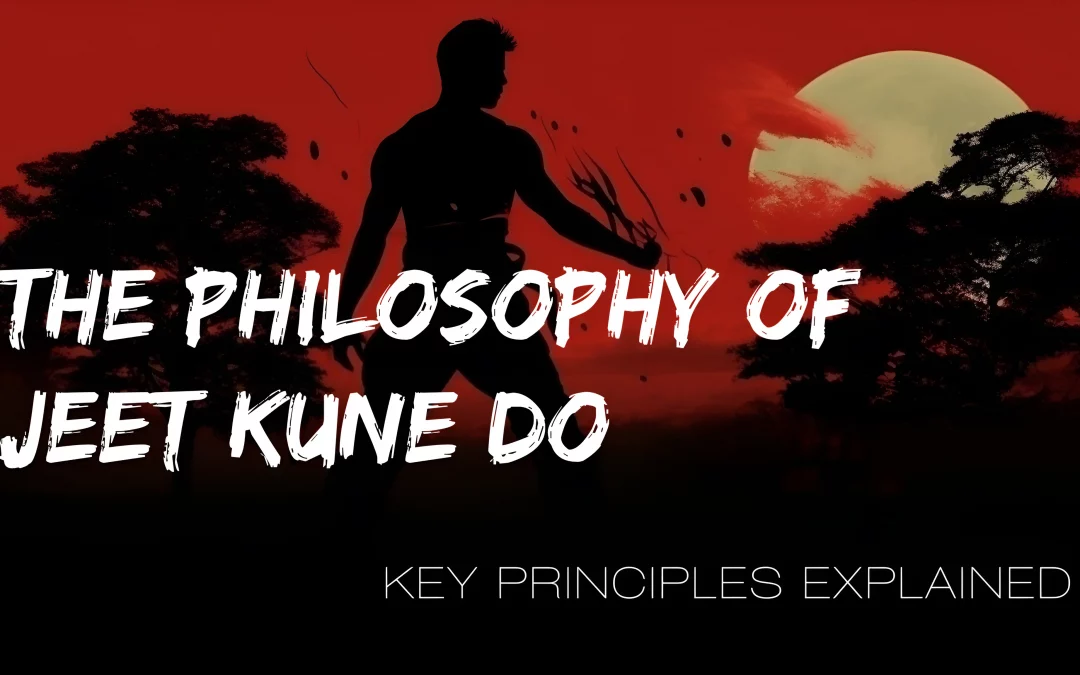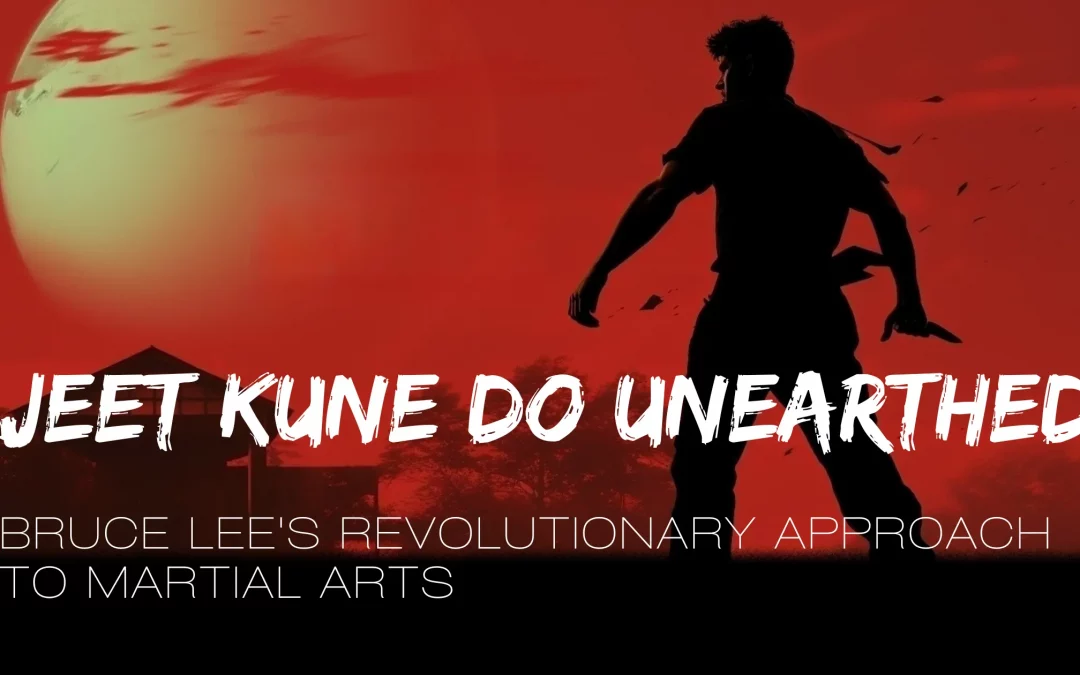by Joe Heller | May 27, 2024 | History and Lineage, JKD, Uncategorized
Mastering the Core Techniques of Jeet Kune Do Jeet Kune Do, a martial art synonymous with fluidity, innovation, and effectiveness, was created by the legendary Bruce Lee. This guide delves into the core techniques of Jeet Kune Do, offering insight into the...

by Joe Heller | Dec 2, 2023 | History and Lineage, JKD
The Philosophy of Jeet Kune Do: Key Principles Explained Unveiling Jeet Kune Do: A Martial Arts Revolution Jeet Kune Do (JKD) burst onto the martial arts scene in the 1960s as iconoclastic martial artist Bruce Lee’s new style of “the way of the intercepting...

by Joe Heller | Sep 24, 2023 | History and Lineage, JKD
Jeet Kune Do Unearthed: Bruce Lee’s Revolutionary Approach to Martial Arts Embarking on Bruce Lee’s Trailblazing Legacy Revered not only for their combat techniques but also for the philosophies they imbue, martial arts cut across all cultures and...


